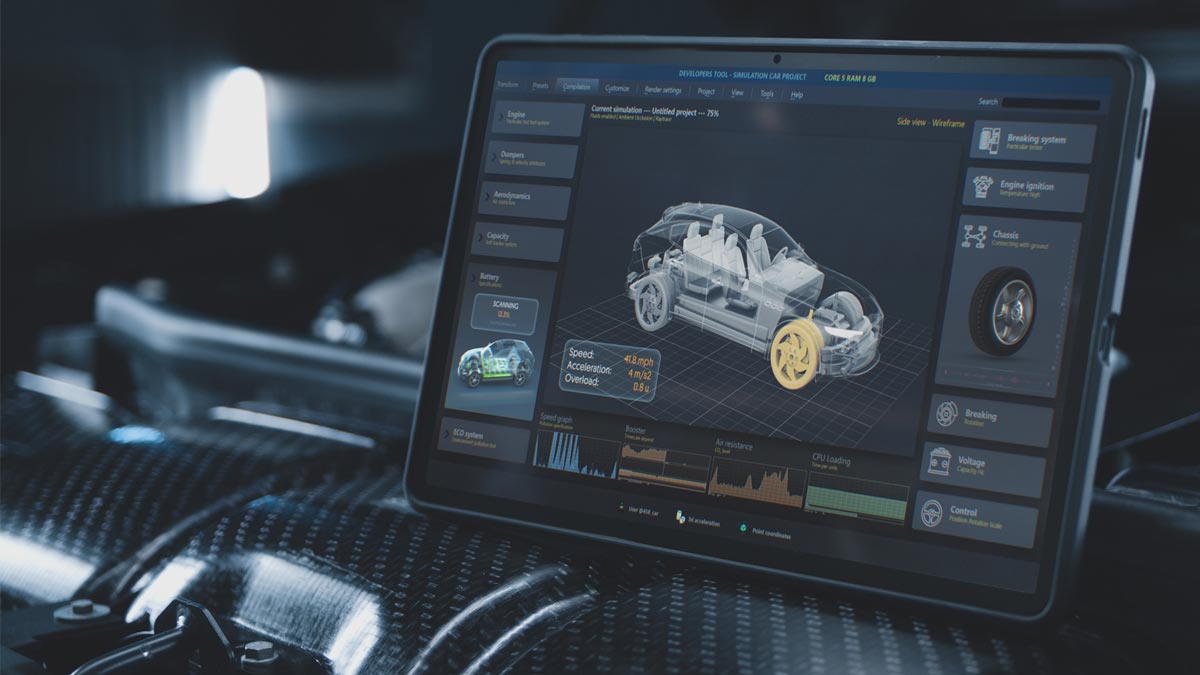In early November, I had the opportunity to attend two pivotal automotive industry shows: SEMA and AAPEX in Las Vegas. These events are essential for anyone involved in the automotive sector because they offer a comprehensive look at both the OEM and aftermarket landscapes. SEMA, known for its vibrant display of innovative and futuristic cars, attracts a diverse crowd, including consumers and industry professionals. In contrast, AAPEX focuses more on the automotive aftermarket, providing a strategic environment for industry-specific discussions and networking.
Over the years, I’ve seen significant growth in both shows, reflecting the steady expansion of the automotive industry, even through challenging times like the COVID-19 pandemic.
This year, the discussions highlighted the industry’s resilience and adaptability, as well as the critical importance of lead generation and efficiency in marketing strategies. Join me as I delve into the insights and trends from these influential events.
Key topics at SEMA and AAPEX 2024: Tariffs, Insurance, and EVs
Here are some of the key discussions and trends that emerged from SEMA and AAPEX 2024:
Tariffs and their impact on the industry: Uncertainty around tariffs, which could range from 10% to 60%, generated a lot of conversation. For example, I talked to a chemical company that said if tariffs go up to 60%, they’ll have a windfall. But on the other hand, some manufacturers are worried that car prices could increase by 30% if they have to manufacture everything in the US. This was a big topic, especially since I happened to be there on Election Day, making it top of mind for many people.
Insurance costs: Insurance was an important topic at the show because increases in automotive insurance costs, among other economic factors, impacts car purchase consideration, something that affects both OEMs and aftermarket.
Electric Vehicles (EVs) and emerging technologies: During the show, electric vehicles (EVs) and emerging technologies were prominent topics. Companies are investing heavily in EV technology, with significant advancements in vehicle range, now reaching up to 400 miles on a single charge. However, infrastructure challenges, particularly in rural areas, remain a concern. Hydrogen fuel technology also garnered attention, though its widespread adoption is still uncertain. Additionally, manufacturers are focusing on improving efficiency through advancements in transmissions, lubricants, and other components.
Sustainability: Sustainability was a visible trend at the show, with many exhibitors highlighting their efforts in this area. However, when discussing sustainability in detail, it became clear that while companies are incorporating sustainable practices, it often serves more as a checkbox rather than a primary focus.
What OEM and other marketers in the automotive industry are talking about
In addition to exploring industry trends, I spoke with many marketers during both shows. My conversations reflected a broad desire to produce tangible business outcomes. Here’s what OEM and other marketers in the automotive space are expecting and focusing on as we move into 2025:
Lead Generation: Lead generation is still a critical focus for automotive industry marketers. They are particularly interested in tools and strategies that can help generate more leads and close more clients. This includes leveraging AI and other technologies to improve efficiency and achieve better ROI. Marketers are moving away from traditional metrics like awareness and impressions, focusing instead on business goals and sales targets.
Efficiency in Marketing: Efficiency in marketing is a key concern. Marketers are looking for ways to streamline their processes and make their efforts more effective. This includes the use of AI tools to automate tasks and improve productivity. Additionally, there is a focus on better integration of marketing systems to ensure data flows smoothly and supports decision-making.
Data Utilization: Many companies are either struggling with too much data they don’t know how to use, or they’re lacking sufficient data to make informed decisions. This problem is prevalent both in marketing and operational contexts. For example, I spoke with one company whose marketing systems are not communicating effectively, which hampers their ability to use data for better outcomes.
Conclusion
My main takeaway from last week? SEMA and AAPEX continue to be valuable shows for anyone aiming to make a mark in the automotive industry. These events not only highlight the latest innovations and trends, but also provide a vital platform for networking and strategic discussions. As we look ahead to 2025, the emphasis on lead generation, marketing efficiency, and data utilization will likely shape the strategies of OEMs and other marketers in the automotive sector. I look forward to seeing where 2025 takes the industry.
The Latest
We study the game as hard as we play it.
Learn with us what’s now and next.

